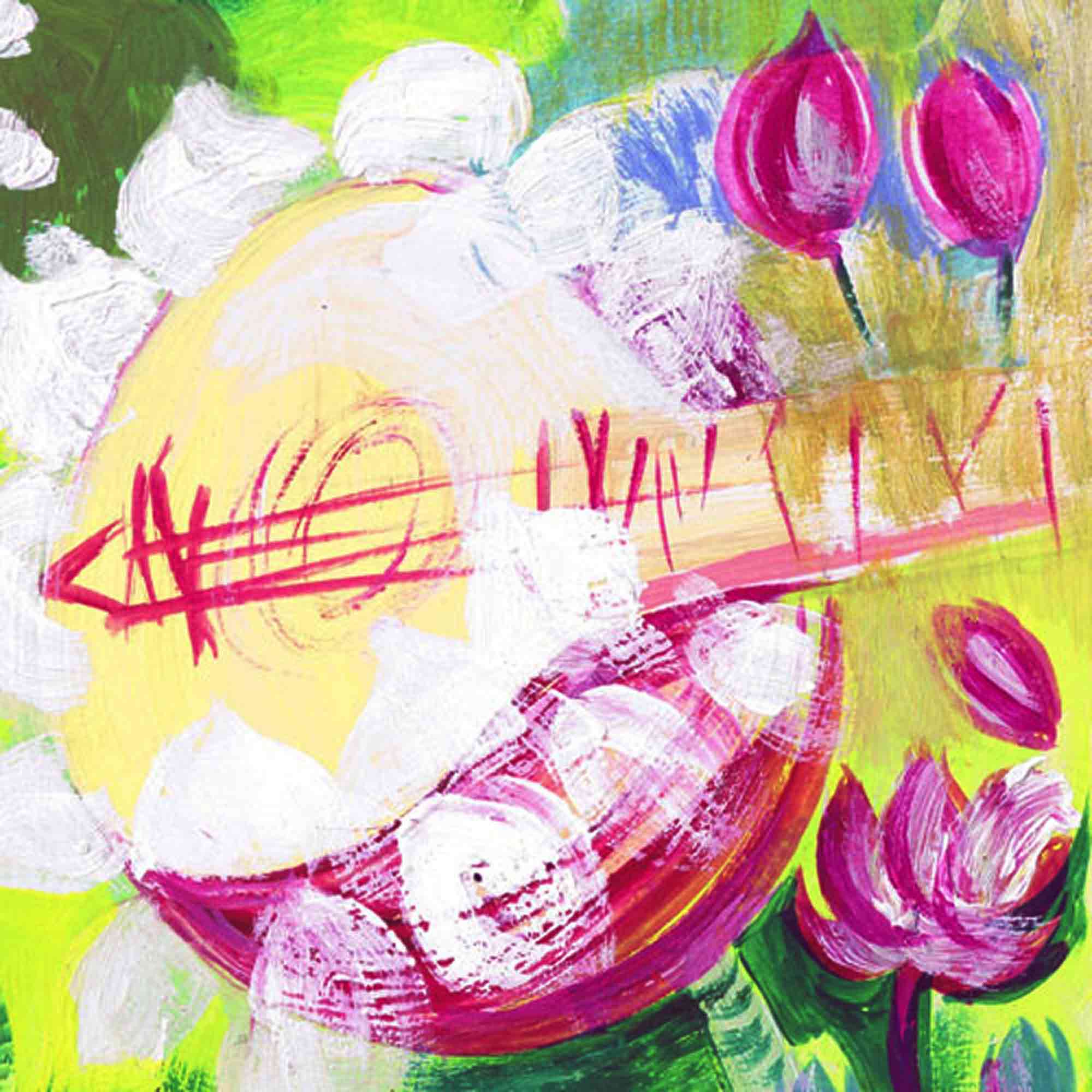Amidst lively debates within and beyond India, 1 these perspectives on our shared legacy make interesting reading:
- Savithri Rajan who believed that Tyagaraja, like these other great men, was always meditating, but his medium of expression was nādam, “sound”. 2
- In the introduction to his unfinished yet voluminous magnum opus Karunamirtha Sagaram, titled “The dignity and Origin of music”, Abraham Pandither 3 entices readers to embark on a virtual journey through time and space; a discovery of nature that for him would have gone hand in hand with musical evolution if not advanced civilization itself.
- A summary of findings by archaeologists titled “How prehistoric societies were transformed by the sound of music“. 4
Learn more
Read excerpts from Abraham Pandither’s work (Karunamirtha Sagaram, 1918 ed., pp. 4-5)
The devotees who worshiped the deity in such a manner, found Him, according to the several conceptions, either as a King, or as a parent, or as a Guru, or as a timely helper, or as one who relieved them from all difficulties, or as a loving son, or is the loving bride-groom, and gave vent to the feelings in singing His praises; some worshipped by prostrating themselves before Him; some prayed to Him to deliver them from all their troubles; some prayed for the gift of obtaining whatever they desired; some bewailed their fate owing to separation from the deity; some, who realized His presence in themselves, danced for joy; many who desired His presence sent messengers for enquiry; others, filled with love, praised Him fervently. They described His several virtues and told the others about them by means of verse. They deplored their own unworthiness; conscious of their own faults, they implored pardon; some, owing to intense love, were so taken up with the contemplation of His image that they completely forgot this world and their food. […]
p. 5
In the same manner, little children, playing in the streets, rolled the leaves of the Poovarasu tree [“Indian tulip” or “umbrella tree”], made the kind of reed out of the thinner end and produced music by blowing through it finding that the sound was in proportion to the size and the mouthpiece, they played together three or four such reeds and felt elated when they found a certain kind of harmony existing between them. Then they may reeds out of the stems of the leaves of the pumpkin and attached rolled up leaves to them and were delighted to find that the sound was either dull of bright in proportion to the length of the rolled up leaves. Of these, those those who had a special ear for Music when they advanced in age, made reeds of horns, conches and bamboo, and later on of wood, gold, silver and brass of various shapes. In the same way, they made progress in stringed instruments. They found that Music could be produced by tying the bent ends of a stick together, either by a rope or a string. They proceeded to bend big bamboos in the form of a bow by means of leather thongs, tied bells to them to keep time, and sang those particular songs used on the occasions of using bows. Finding by that strings, either metallic or of catgut, sound better when passing through the medium of a vessel full of air or a box or a dried Sorakkai [bottle gourd] with its contents scooped out, made instruments like the […], adjusted the strings to suit their voices and send the praises of the deity. […] From these beginnings, music with its new with its few fundamental rules, is making progress.

- increasingly so pertaining to religious (or caste) affiliation, ownership or cultural appropriation[↩]
- “Savithri Rajan believes that Tyagaraja, like these other great men, was always meditating, but his medium of expression was nādam, ‘sound’ – he was an aspirant who followed nādopāsana, the approach or worship by way of sound. She points out that Tyagaraja composed a song beginning with the word nādopāsana saying there is nothing higher than worship via sound, music is the best vehicle because Brahman is nādam – divine sound – which is the omnipresent, omniscient power, ‘call it Power with a capital ‘P’, call it God, call it Christ, call it Krsna, call it Rāma.'” – Excerpt from: Tyagaraja and the Renewal of Tradition: Translations and Reflections by William Jackson (Delhi: Motilal Banarsidas, 1994), pp. 174-175
https://search.worldcat.org/en/title/878687716
A longer excerpt titled “The greatest, most beautiful thing is compassion expressed through music” is found here:
https://www.carnaticstudent.org/audio-dedication-to-her-guru-veena-dhanammal-by-savithri-rajan[↩] - “Abraham Pandithar (1859-1919) was a Renaissance Man whose achievements, whether in traditional medicine, education, music, agriculture or photography, simply defy easy definition.” – Learn more: https://www.thehindu.com/society/history-and-culture/The-Renaissance-Man-of-Thanjavur/article17008238.ece[↩]
- Frontline Magazine & Deutsche Welle on 20 June 2023, Learn more: https://frontline.thehindu.com/news/explained-how-prehistoric-societies-were-transformed-by-the-sound-of-music-archaeology-findings-israel/article66989021.ece[↩]
